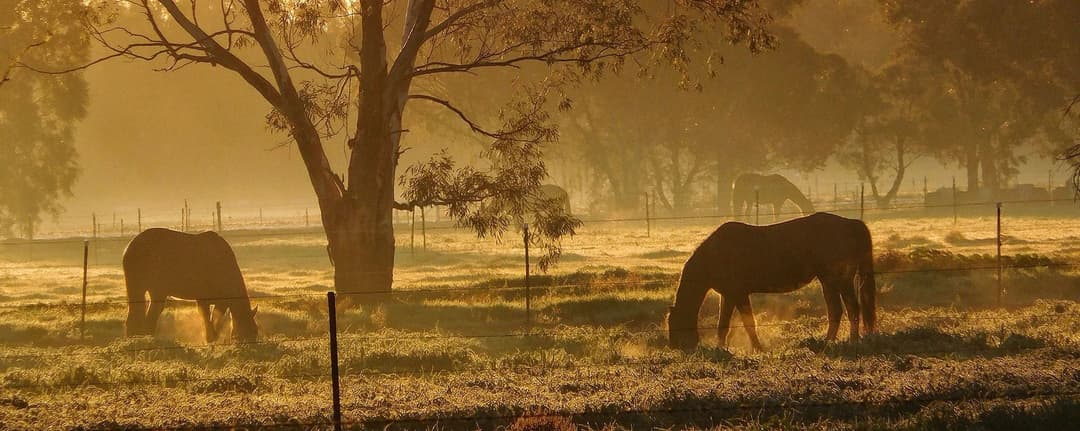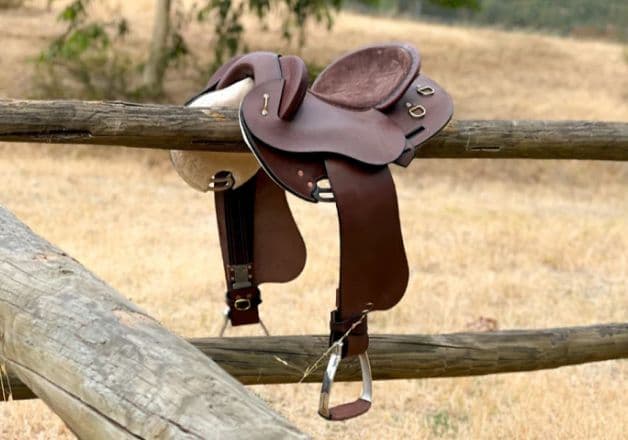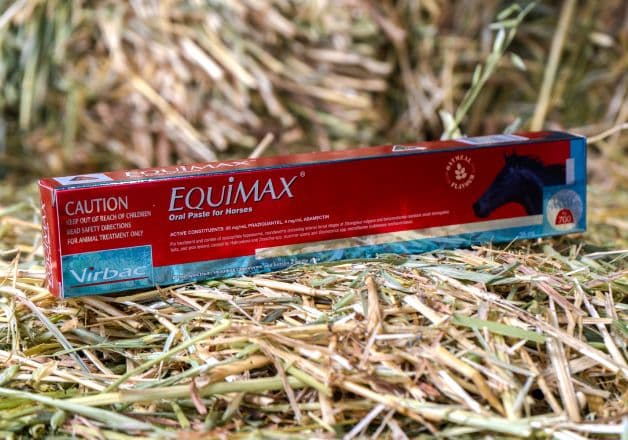
Horses and Bushfires: How to Prepare for the Fire Season
Ensuring horses are safe during bushfires is a challenge for owners. The key is preparation, whether you decide to move your horses or leave them at home. It’s far too late to start planning horse bushfire survival when the fire front is bearing down!
It’s not just about ensuring their safety as the fire passes either, but remembering that you may not be allowed back into a fire-devastated area for days or even weeks afterwards.
Here's what to consider when preparing for bushfire season.
Preparing your property
Download your state’s emergency app and keep an eye on the long-term weather forecast.
Decide well ahead of time what your trigger to leave will be: is it a Code Red Day, an Extreme Day, or a Severe Day? You don’t want to be debating with yourself as the risk increases.
Do you have friends or family members who can accommodate your horse if conditions are threatening? If not, check with your local council to see if showgrounds, saleyards, race track, or pony club are available and if they are safer than your own property.
If you need to leave your horses at home, work out the safest place on the property. A large eaten-out paddock is good, especially if it has a dam in it so they can cool off or retreat if needed. Mow low if necessary. A sand arena is also good if it’s away from vegetation.
Preparing your horse
Think about how you will move your horse if the worst comes to the worst. If possible, move them out the night before a high-danger day.
Moving horses as a fire front approaches can be very dangerous. Their instinct is to flee from danger, so they may not want to be caught or loaded onto a float.
Queensland’s Rural Fire Service advises owners to practice floating their horse on days with a high fire danger rating and moving the horse around the property so they know where the internal gates are.
As the fire approaches
Don’t lock horses in or near buildings that are at risk, and on no account let your horses loose onto open roads as they will endanger others, including emergency service workers.
Remove all their gear, including rugs, which may catch fire or become very hot.
Move your horses to the large safety paddock. If you only have smaller paddocks, leave the internal gates open. Horses are fairly good at surviving as they tend to run away from danger. They will withdraw to burnt-out ground if that’s the only option.
After the fire
Once the fire front has passed, get horses off hot ground as quickly as possible.
Check the paddock for dangers: fallen power lines, unstable tree limbs, and broken fences.
Check your horses for burns or other injuries. Horses tend to huddle together and turn their backs to the fire, so they can often suffer burned rumps and burns to the legs. Seek veterinary help if necessary and sponge burns with cold water until help arrives.
Ensure they have clean drinking water. Remember that if the electricity is out, your pump won’t be working.
For more information
Victoria’s CFA has put out a very useful Horses and Bushfire Planning Template which takes you through the steps to prepare your property, prepare your horses, and what to do after a fire.


